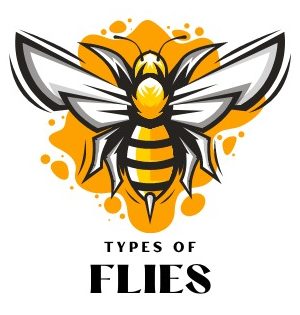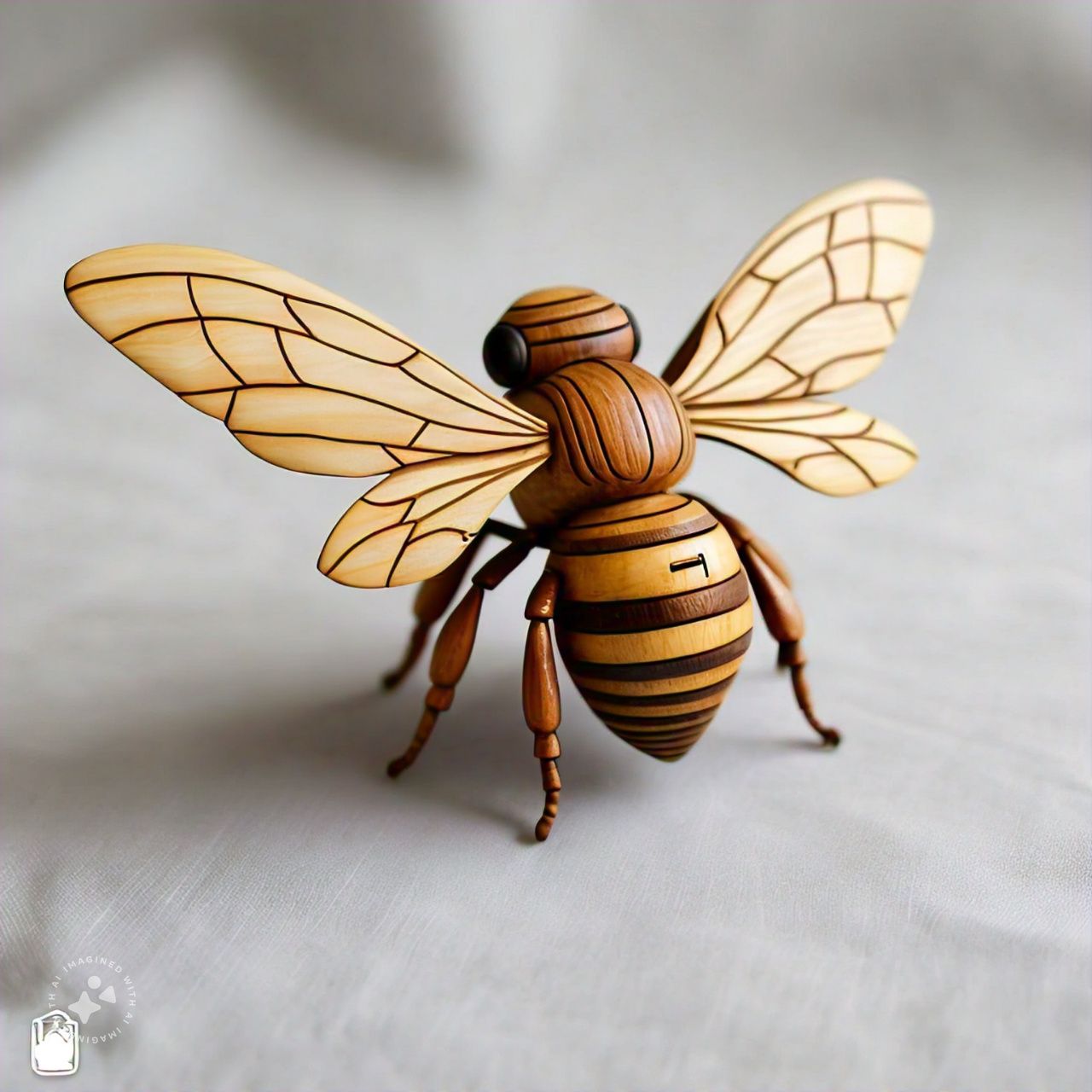Wooden bees, more commonly known as carpenter bees, are a unique and fascinating species that play a significant role in the environment. However, their tendency to bore into wood can make them unwelcome guests in your home or garden. This guide will provide you with everything you need to know about wooden bees, including prevention methods, treatment options, and how to manage potential damage to your wooden structures.
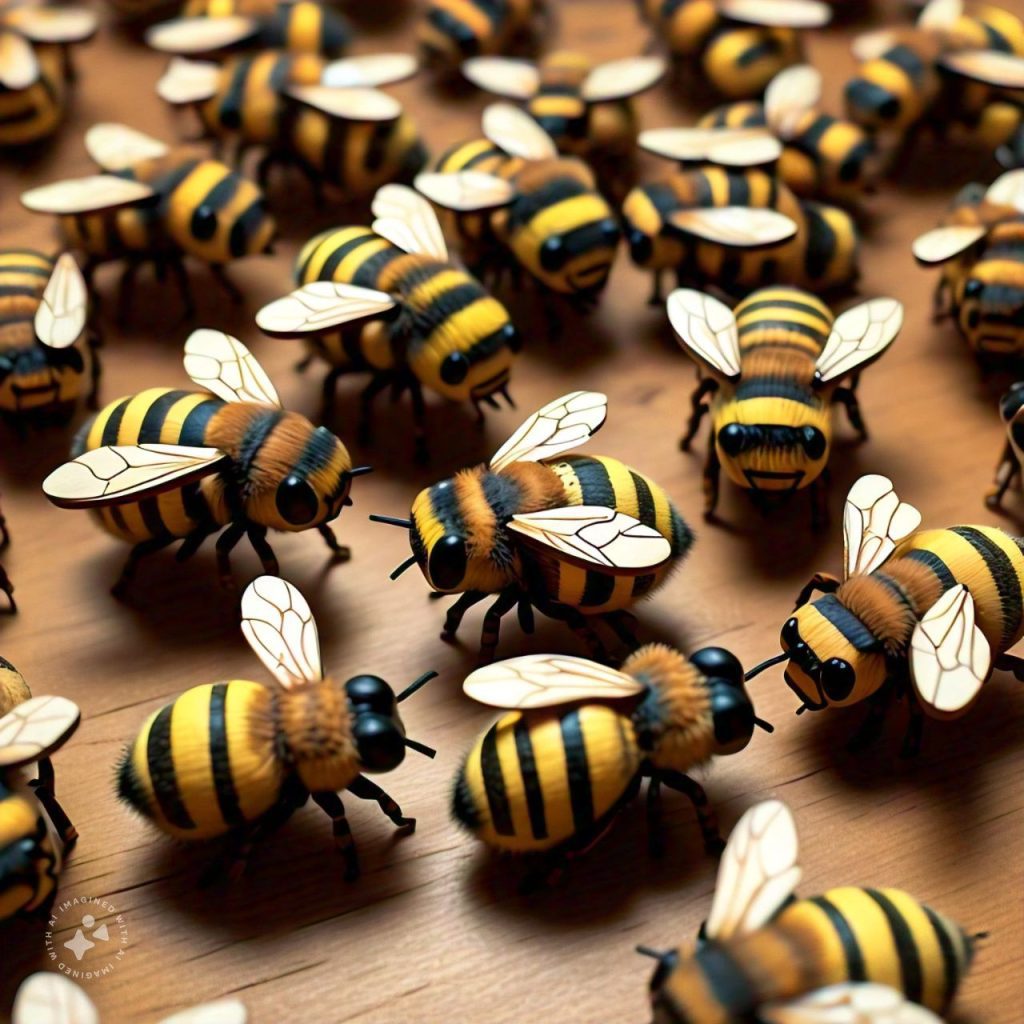
Wooden Bees
Wooden bees, scientifically known as carpenter bees, are large, solitary bees that resemble bumblebees but with a few key differences. Unlike bumblebees, carpenter bees have a shiny, hairless abdomen. These bees are known for boring holes into wood to create nests, which can lead to significant damage over time if not addressed.
Wooden Bees vs. Bumblebees
One of the most common confusions is between wooden bees and bumblebees. While they may look similar at first glance, they differ in behavior and nesting habits. Carpenter bees, or wooden bees, are solitary and prefer to nest in wood, whereas bumblebees are social insects that typically nest in the ground. Understanding these differences is crucial for proper identification and management.
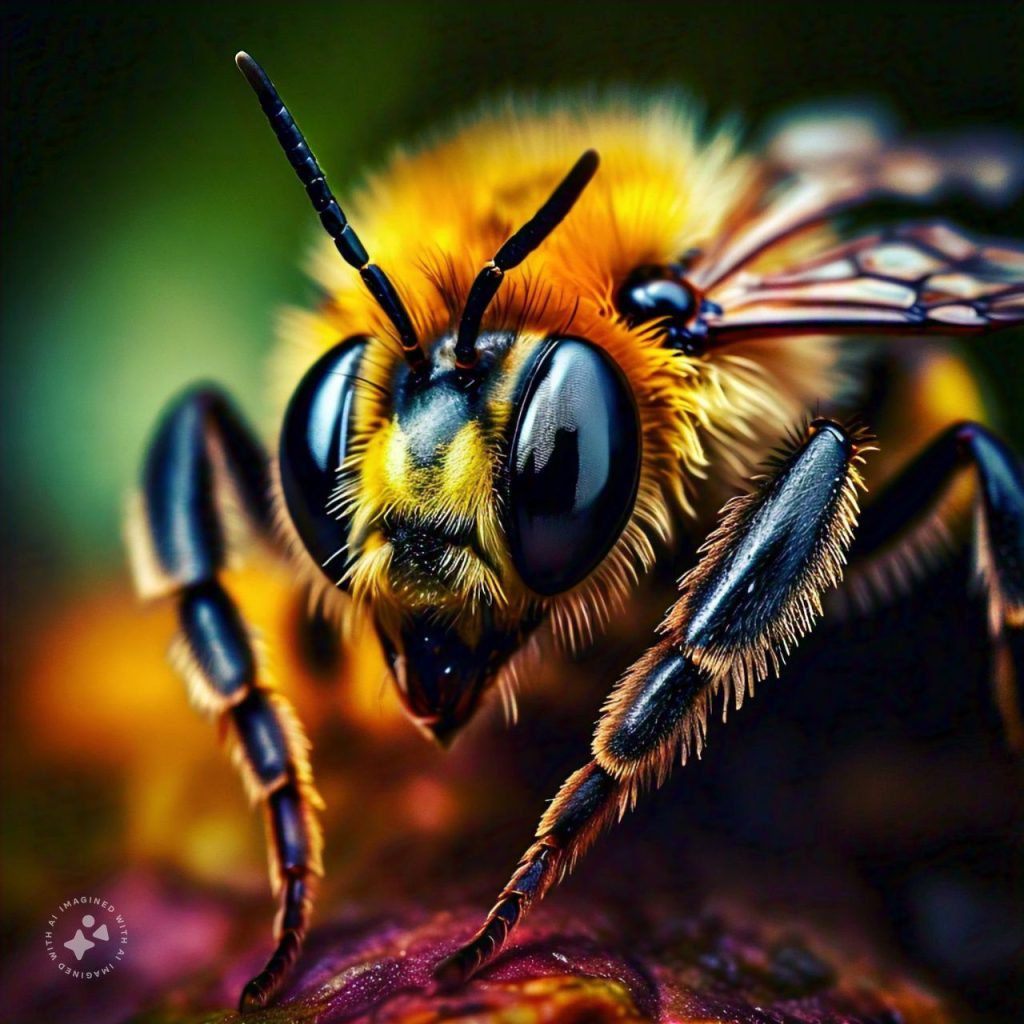
Do Wooden Bees Hurt You?
A frequent question is whether wooden bees are harmful to humans. The answer is generally no. Male wooden bees do not have stingers, making them harmless. Female carpenter bees do have stingers but are not aggressive and will only sting when directly threatened. The primary concern with wooden bees is not their sting but the damage they can cause to wooden structures.
Signs of Wooden Bee Infestation
Detecting a wooden bee infestation early can save you from extensive and costly repairs. Common signs of an infestation include small, round holes in wooden surfaces, which are the entrances to the bees’ nests. You may also notice sawdust, known as frass, around these holes, as well as a constant buzzing sound near wooden structures such as eaves, decks, or fences.
Carpenter Bees and Wood Damage
The damage caused by wooden bees can be deceptive. While a single hole may seem minor, it’s important to recognize that carpenter bees create extensive tunnels within the wood. These tunnels can weaken the structural integrity of the wood, leading to significant damage if left untreated. Repeated infestations can exacerbate this problem, as new bees often return to the same location to expand existing tunnels.
Preventing Wooden Bee Infestations
Prevention is key when it comes to protecting your wooden structures from carpenter bees. Here are some effective methods to prevent wooden bee infestations:
1. Wood Bee Repellent and Treatment
Applying a carpenter bee repellent for wood is an effective way to deter these bees from boring into your structures. There are several eco-friendly wood treatments available that can make the wood less appealing to wooden bees. Regularly painting or staining wooden surfaces can also create a protective barrier against infestations.
2. Wood Filler for Carpenter Bee Holes
If you discover existing carpenter bee holes, it’s essential to fill them as soon as possible. Using wood filler for carpenter bee holes can seal the tunnels and prevent further damage. After filling the holes, repaint or stain the wood to discourage the bees from returning.
3. Bee Spray for Wood
Specialized bee spray for wood can be used to target and eliminate carpenter bees. These sprays are designed to penetrate the wood and reach the bees within their tunnels. Regular application can help manage and prevent infestations.
4. Almond Oil for Wood Bees
For a natural approach, almond oil is an excellent option. Almond oil contains benzaldehyde, a natural compound that repels carpenter bees. Applying almond oil to wooden surfaces or directly into bee holes can help deter these insects without the use of chemicals.
Wooden Bee Houses and Decorative Beehives
Interestingly, while carpenter bees can cause damage, they also play an important role in pollination. For this reason, some homeowners choose to provide alternative nesting sites, such as wooden bee houses or decorative beehives. These structures can attract carpenter bees away from your home’s wooden surfaces, allowing you to benefit from their pollination services without the risk of damage.
Wooden bee houses are easy to construct or purchase and can be placed in gardens or wooded areas. By providing a safe and appealing alternative, you can encourage wooden bees to nest away from your home.
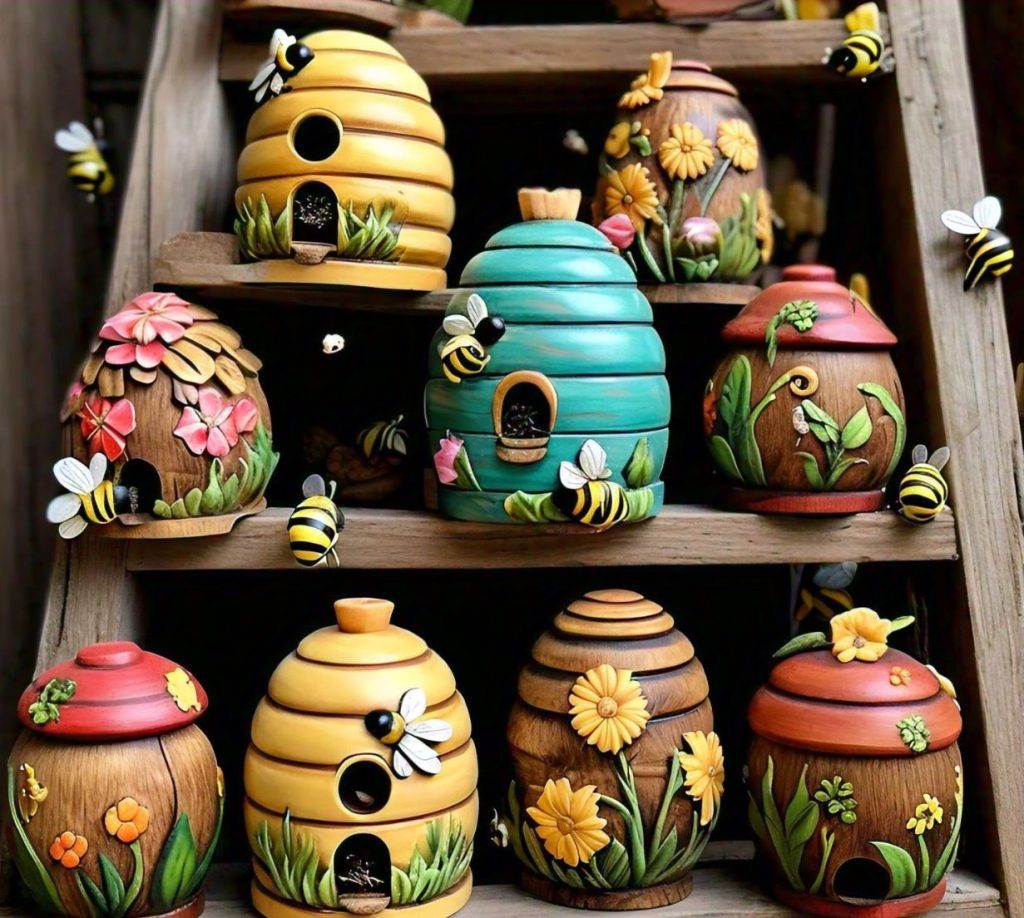
Managing Wooden Bee Damage
If you’ve identified a wooden bee infestation, it’s important to take swift action to minimize damage. Here are some methods to manage and repair damage caused by carpenter bees:
1. Wood Bee Killer
For severe infestations, a wood bee killer may be necessary. These products are designed to eliminate carpenter bees and prevent further tunneling. They can be applied directly into the bee holes or onto the surface of the wood.
2. Eco Wood Treatment for Bee Hives
Eco-friendly wood treatments can be used to protect wooden structures while being safe for the environment. These treatments create a barrier that repels carpenter bees without harming other beneficial insects.
3. Bee Wax for Wood
Beeswax can be used as a natural sealant for wood. While beeswax does not repel carpenter bees directly, it can be used to seal small cracks and holes, making the wood less attractive for nesting.
Wooden Bees in Art and Culture
Wooden bees have also found their way into art and culture. From bee artwork and decorative beehives to napoleonic bee symbols and museum exhibits, the fascination with bees extends far beyond their ecological role. Bee art often celebrates the intricate beauty and importance of these insects, making them a popular subject in various forms of artistic expression.
Museum Bees and Decorative Beehives
Museums and artists alike have embraced the symbolism of bees, creating exhibits and artworks that highlight their significance. Decorative beehives and bee collections are also popular among enthusiasts, blending functionality with aesthetic appeal.
Conclusion: Protecting Your Home from Wooden Bees
Wooden bees, while beneficial to the environment, can pose a threat to wooden structures if not properly managed. By understanding their behavior, identifying the signs of infestation, and taking proactive steps to prevent and treat damage, you can protect your home and property from these industrious insects.
Whether you choose to use natural methods like almond oil and beeswax or opt for more direct approaches such as wood bee killers and repellents, the key is to act quickly and consistently. Additionally, providing alternative nesting sites like wooden bee houses can help divert carpenter bees away from your home, allowing you to enjoy their pollination benefits without the associated risks.
By following these guidelines, you can ensure that your wooden structures remain intact and free from the damage caused by carpenter bees, all while contributing to the preservation of these important pollinators.
